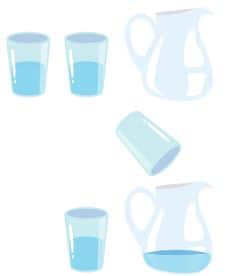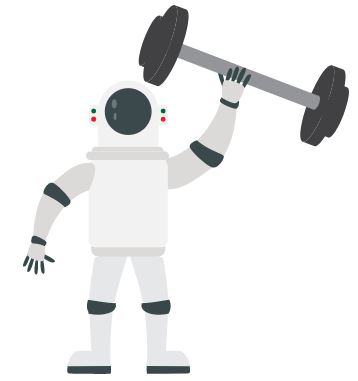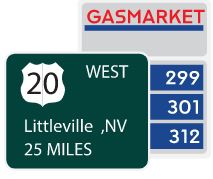Students are typically introduced to volume and weight measurement in 3rd grade. The following guidance is common to both. There is also specific guidance and worksheets for weight and for volume – see the two links below.

Conservation
Conservation of quantities means understanding that changing the shape, position, or placing quantities in different containers does not change the quantity. For example, when modeling with clay, the volume and weight will stay the same regardless of the shape or when pouring the contents of a small cup into a larger cup the volume contained is the same in both cups. Children acquire this understanding as they develop and most will have done so by 3rd grade. Nevertheless, you should check that your children understand it.
Mistaking Weight For Volume
 The measurement of volume and weight are often introduced close together and this can increase the likelihood of your children confusing one for the other. Be aware of this possibility and discuss and provide examples of both that are familiar to your children.
The measurement of volume and weight are often introduced close together and this can increase the likelihood of your children confusing one for the other. Be aware of this possibility and discuss and provide examples of both that are familiar to your children.
Volume and Capacity & Weight and Mass
The terms weight and mass are often used interchangeably although they do have different meanings. The same applies to volume and capacity. HelpingWithMath.com generally uses volume and weight but check with your children’s school to ensure the terms you use do not lead to confusion.

Other Systems of Measurement
The Measurement section on this site focuses on the metric system of measurement. Depending on where you live, you and your children may regularly encounter the United States customary units or the closely-related Imperial Measurement System. These include ounces, pounds, gallons, quarts, inches, feet, yards and miles to name only a few.









